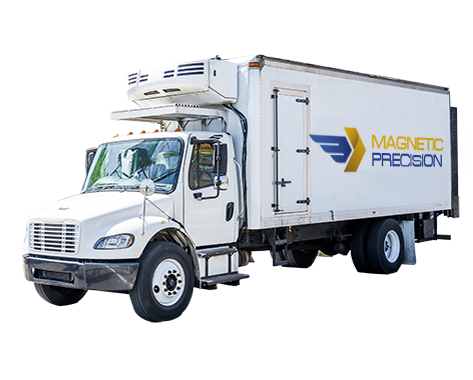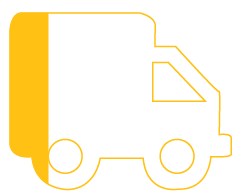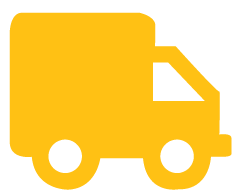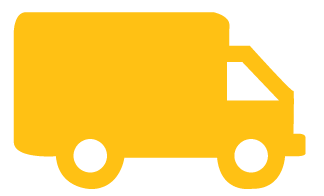- 1-877-623-1811
- [email protected]
There are several pieces of the puzzle, or links in the chain, to get temperature sensitive products from door to door in real time. Proper coordination requires focus, dedication and a commitment to staying up to date on safety and regulatory standards.
We support in maintaining the cold chain process through GPS tracking and the close monitoring of optimal temperatures to eliminate the threat of temperature excursions.
Our dedicated team understands the liability and danger of failing to meet those standards which leads to a delivered product that is considered unusable costing a tremendous amount of waste, disruption to your operations and potential regulatory fines.





At Magnetic Precision Logistics we pride ourselves on the ability to provide our customers with consultative freight and logistical services that eliminate cold chain inefficiencies through real-time technology driven insights that provide operational efficiencies so you can focus on running your business.